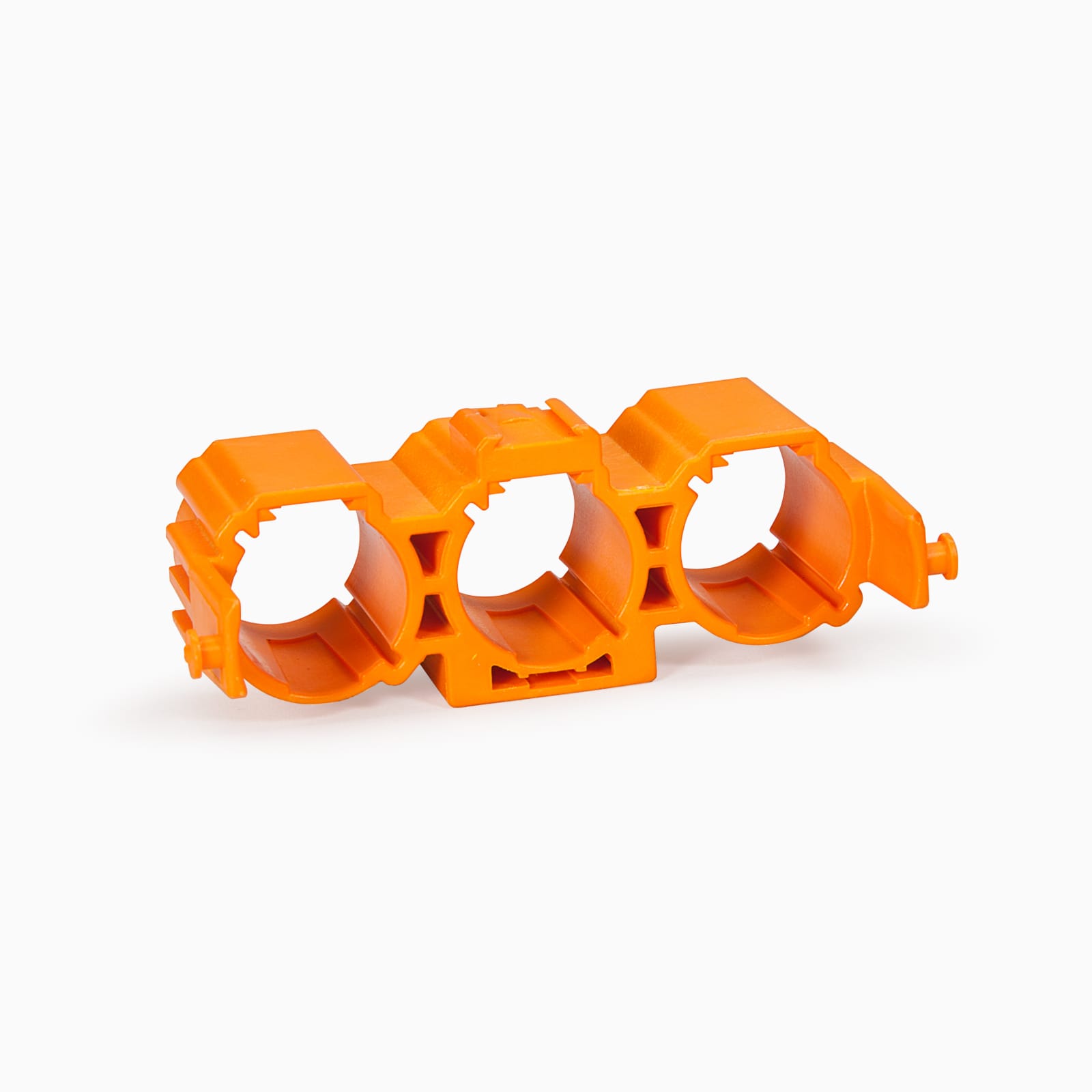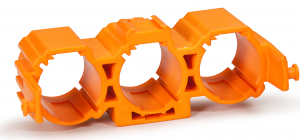
Maintaining uniform plastic wall thickness throughout your injection molding part design is critical. Uniformity prevents abnormal shrinkage that leads to sink, warping, and twisting. The part will also manage stress better, which prevents cracking.
Going as thin as is optimum when injection molding also prevents short shot, which is an incompletely filled mold cavity. When there is a consistent flow of material through the injection molding tool, you will avoid air trapping, unbalanced filling, and weld lines. Good moldability goes a long way in improving the cost-effectiveness of your parts.
Besides structural, performance and process benefits, optimizing wall thickness helps you reduce cosmetic imperfections, such as blemishes, for a better-looking plastic part.
The experts at Xcentric have a list of suggestions on ways you can design your part for optimum wall thickness that improves their durability and the overall cost of injection molding them.
Design Guidelines for Optimum Wall Thickness
Considering plastic part wall thickness can minimize expensive tooling changes, reduce material costs, and prevent part failure.
- A 10% increase in wall thickness provides approximately a 33% increase in stiffness with most materials
- Ribs should be no less than 40% to 60% that of adjacent walls to prevent sink.
- Core out all unneeded thickness and wall stock
- Avoid sharp internal corners and long unsupported part spans. Incorporate a radius on inside corners to reduce stress impact
- Use ribs as stiffening features and supports to provide equivalent stiffness with less wall thickness.
- Adding curves and corrugations into your design can add strength and durability.

Which Is Better? Thinner or Thicker Walls?
While the thickness of the part’s walls will be determined by your design and which resin you use, there’s a case for going as thin as possible.
- For one, you will use less material, so there’s less cost and the part will be lighter.
- Another reason is that thinner walls allow for faster cooling. This means lesser production time, which, in turn, leads to cost-savings.
- As the plastic material cools, the molecules move closer together. If the cooling rate differs due to wall thickness, warp may occur. As the plastic in the mold cools from the outside in, it can cause pulling on the outer walls resulting in sink marks. Thinner wall thickness will help to prevent this. Where possible, always try to design a part with thinner and consistent wall sections to minimize warp and sink marks.
This is not to say all thick walls are a no-go. It really depends on what you’re expecting your parts to do. Structural integrity shouldn’t be compromised for thinness. It’s more important to maintain uniformity in thickness to ensure moldability.
Why Material Selection Is Important
Selecting the proper material for your part design has a significant impact on wall thickness. Material selection is influenced by how your part is expected to perform and under what conditions. Start by gaining a thorough understanding of the characteristics your final part needs to have.
There are thousands of resins available to choose from. You can find a material selection guide here. Material properties not only affect wall thickness but also strength and durability. Below are the recommended wall thickness rules for 13 plastics commonly used for injection molding parts.

The Best Wall Thickness for Your Design
Once you find the optimum thickness for your plastic part’s walls, you should evaluate the design to guarantee its performance.
Xcentric’s team of experts can help you spot design faults, guide you through the modifications and advise you during the material selection process.
Xcentric will:
- Provide you with a range of plastic options
- Help you evaluate material options based on your design dimensions
- Apply best practices to ensure you design and deliver your product to market successfully.
About Xcentric
Founded in 1996, Xcentric Mold & Engineering is an innovator of on-demand digital manufacturing and continues to lead advances in injection molding and rapid prototyping. We know what it takes to deliver a high-quality product on time and on budget. Xcentric is engineered to be nimble, employs a team of experts in injection molding, and takes an engineer-centric approach to everything we do. Tens of thousands of product developers and engineers across North America trust Xcentric to bring their products to life.
Learn more about what Xcentric can do for you here.
Questions? Contact our friendly sales team here or on 586-598-4636.